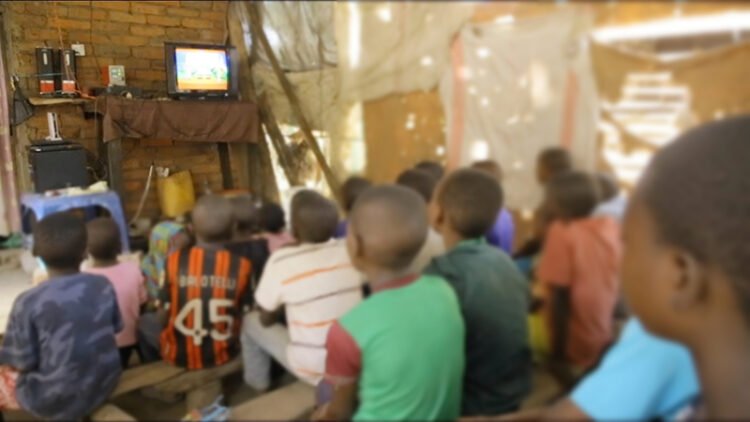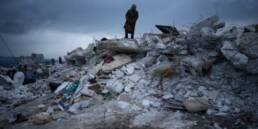Almost 10 million children may never return to school following the COVID-19 pandemic, according to a new report by Save the Children. Girls and those forced into labour markets due to rising poverty as a result of the pandemic, are most at risk of never returning to school. Funding cuts in education due to the recession are adding to the crisis.
During lockdown, more than 1 billion children were out of school globally. Of these children, Florence, 10, lives in a refugee settlement in Uganda:
“I miss learning, writing notes from the blackboard and swinging from the muzande [swing] at break time. When school reopens I will be happy to learn with my friends again and play together at the odebe [child-friendly space].”
The report also identifies 12 countries – including Niger, Mali, Afghanistan and Yemen – where children are at extreme risk of not returning to school.
Increasing levels of poverty mean more children will be forced to start work to support their families and join the estimated 152 million children already in child labour. And without a return to schooling, especially in low-income countries, girls are more at risk of early marriage, pregnancy and gender-based violence.
For refugee children, gaining access to education is already challenging – even before the COVID-19 pandemic. Less than half of school-aged refugee children were enrolled, and only one in four were attending secondary school before the lockdown.
As for any recent gains made towards increasing access to education for refugee children – these could now be lost due to prolonged school closures, according to the UN Refugee Agency (UNHCR).
As children across the globe move towards remote learning during the pandemic, the lack of access to technology for many will only increase existing inequalities. And for refugees this creates further barriers to education, as they are half as likely to have access to an internet-enabled phone than the general population.
This is why UNICEF recommends a variety of approaches in education including the use of radio, television and home learning packs.
With the increased use of radio, TV and home learning in education it is vital that this provision is expanded to include more refugees. Projects such as Ubongo Kids, an informal learning platform reaching learners across 31 African countries, delivers educational content using radio, television and the internet for a range of subjects. The platform has been used in refugee camps across East Africa and has reached over 17 million viewers.

Further development of projects like these, through participation in the decision-making process with refugees themselves, will be needed to bridge the gap left by the pandemic and provide access to refugee children and those in remote contexts.
However, this will require investment and funding.
Due to the pandemic, there is an estimated $77 billion shortfall of funding within education, according to the report. This could rise to $192 billion by the end of 2021 if governments divert resources away from education in response to COVID-19. This would have a devastating impact in some of the most at risk countries on children being able to return to school or have access to distance learning technology and materials.
In addition to funds from the World Bank, the most effective way to release resources for education is debt relief. The 76 poorest countries must repay debts amounting to $106 billion in the next two years. These debts should be forgiven with the requirement that funds be reallocated to education and health.
As according to Inger Ashing, CEO of Save the Children:
“We are at risk of unparalleled budget cuts which will see existing inequality explode between the rich and the poor, and between boys and girls. We know the poorest, most marginalised children who were already the furthest behind have suffered the greatest loss, with no access to distance learning – or any kind of education – for half an academic year.
“If we allow this education crisis to unfold, the impact on children’s futures will be long lasting. The promise the world has made to ensure all children have access to a quality education by 2030, will be set back by years”.
Related Posts
March 15, 2023
Turkey and Syria earthquakes: what we know so far
In the early hours of 6 February 2023,…
June 18, 2020
Spoken Stories: Experiences of growing up mixed race in the south west of England
I recently came across this excellent…



